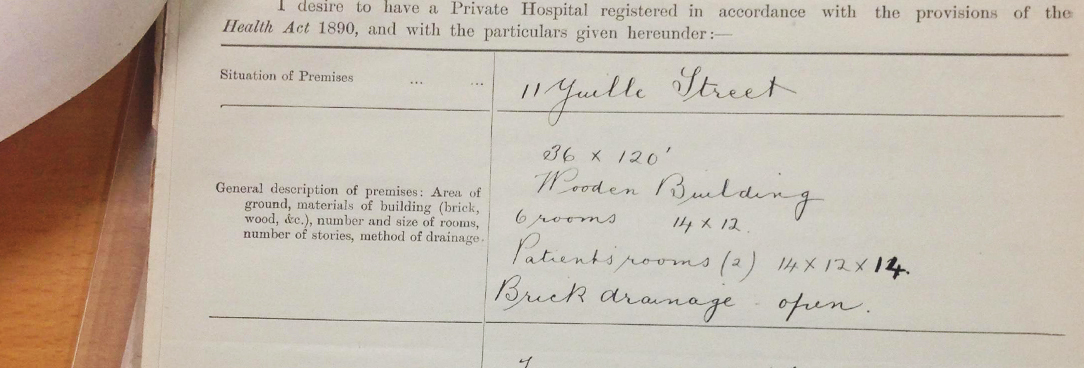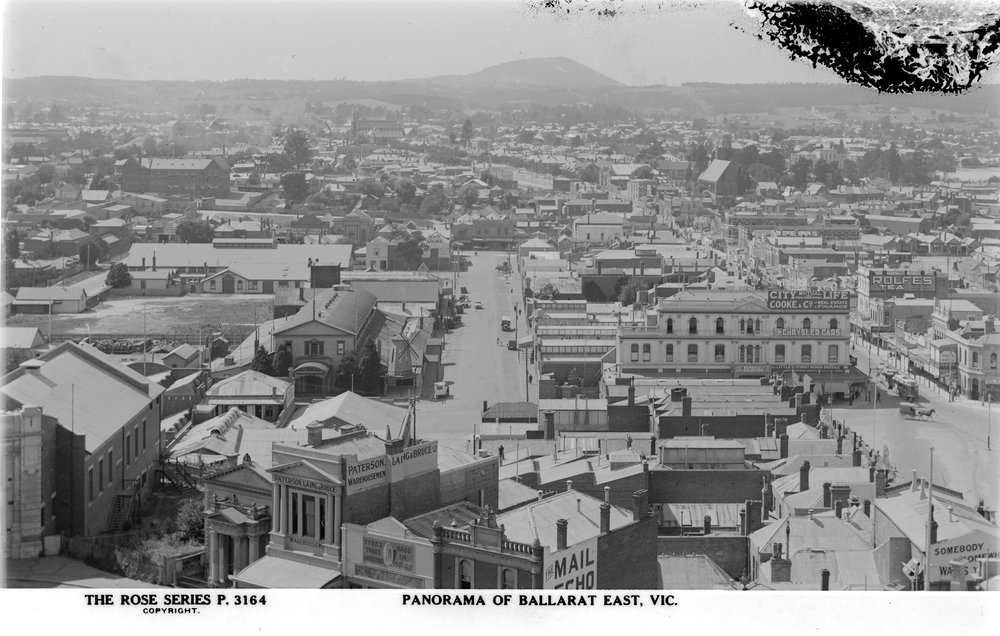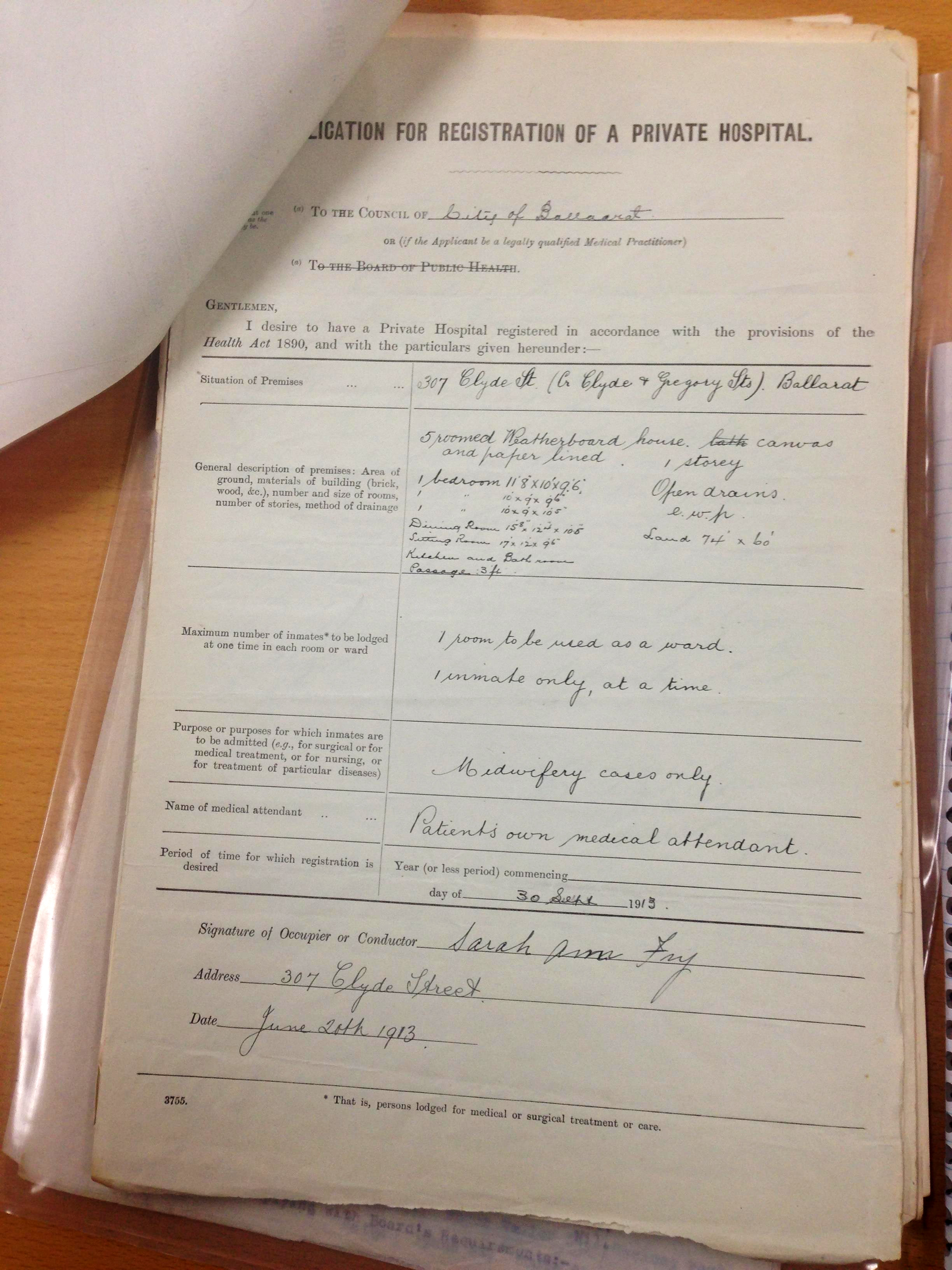Author: Erica Cervini
A visit to the Ballarat Archives Centre taught me the power of creative thinking.
I am researching the life of my Great-Grandmother Rose Pearlman for a doctoral thesis, and had traipsed to all eight Ballarat East addresses she lived at between 1900 and 1932, only to find that the houses no longer exist.
How would I know what her Ballarat homes looked like? This was vitally important because, at the time, I was writing about how Rose’s children were all born at home. Elizabeth Denny from the Ballarat Archives had an idea. She suggested I look at a collection of documents from the Ballarat Correspondence Files 1912-13 detailing applications from women who wanted a room or two in their modest homes to become “private hospitals” for midwifery purposes. The applications, Ms Denny said, would give basic details about the houses and could provide insights into the type of home my Great-Grandmother and her family lived in.
We determined that my Great-Grandmother was of the same socio-economic class as the women wanting to make a bit of money by turning their houses into private hospitals. Rose and the women’s homes would have been very similar.
While sifting through the documents I also found health inspectors’ reports of the homes. These gave even more details about the layout and interior of the houses as well as the height dimensions of the walls.
From gleaning the handwritten and typed papers, I worked out that my Great-Grandmother probably lived in weatherboard homes where the wooden walls were lined with hessian and paper. If the family was lucky they may have had plastered walls. Rose and her husband Baron probably scattered threadbare rugs over the wooden floors. Rose’s homes would have had a washhouse and bathroom out the back. I know from speaking to her last surviving son, my Great-Uncle Lloyd, who is approaching one hundred, that at least one of the homes had an open drain down at the end of the yard. The documents confirm that many homes had effluent flowing not far from their back doors. My Great-Uncle Lloyd only has some memories of one of the homes he lived in.
I would never have known about the documents that Elizabeth Denny had found unless I had visited the Ballarat Archives Centre. The answers I gave to Ms Denny's questions prompted her to focus her capacious knowledge of Ballarat’s history on the types of houses the poorer people of Ballarat inhabited.
With some lateral and creative thought, I now have an idea of what Rose Pearlman’s weatherboard homes on the lively Ballarat East streets looked like.
About the Ballarat General Correspondence Files
These files, within series VPRS 2500, contain correspondence received by the Ballarat Council from 1856 to 1986. The records deal with the full range of activities provided or overseen by the Council. The files are held at the Ballarat Archives Centre and searchable via the Public Record Office Victoria catalogue here.
The Applications for Registration of a Private Hospital are contained within Unit 101 of the series, entitled Private Hospitals 1912-1913.
Material in the Public Record Office Victoria archival collection contains words and descriptions that reflect attitudes and government policies at different times which may be insensitive and upsetting
Aboriginal and Torres Strait Islander Peoples should be aware the collection and website may contain images, voices and names of deceased persons.
PROV provides advice to researchers wishing to access, publish or re-use records about Aboriginal Peoples


